This post may contain affiliate links which means I will get a commission if you make a purchase at no additional cost to you. As an Amazon Associate I earn from qualifying purchases. Please read my disclosure for details.
There are pastries, and then there are croissants that border on the divine, golden, fragile, and impossibly rich. The kind that makes you pause after the first bite, just to let the taste register fully.
The $18 croissant now being praised across culinary circles may seem excessive at first glance. Yet beneath its delicate crust lies a secret not hidden in technique alone, but in the finest form of fat known to baking, butter.
Cultured Butter: The Flavor Foundation
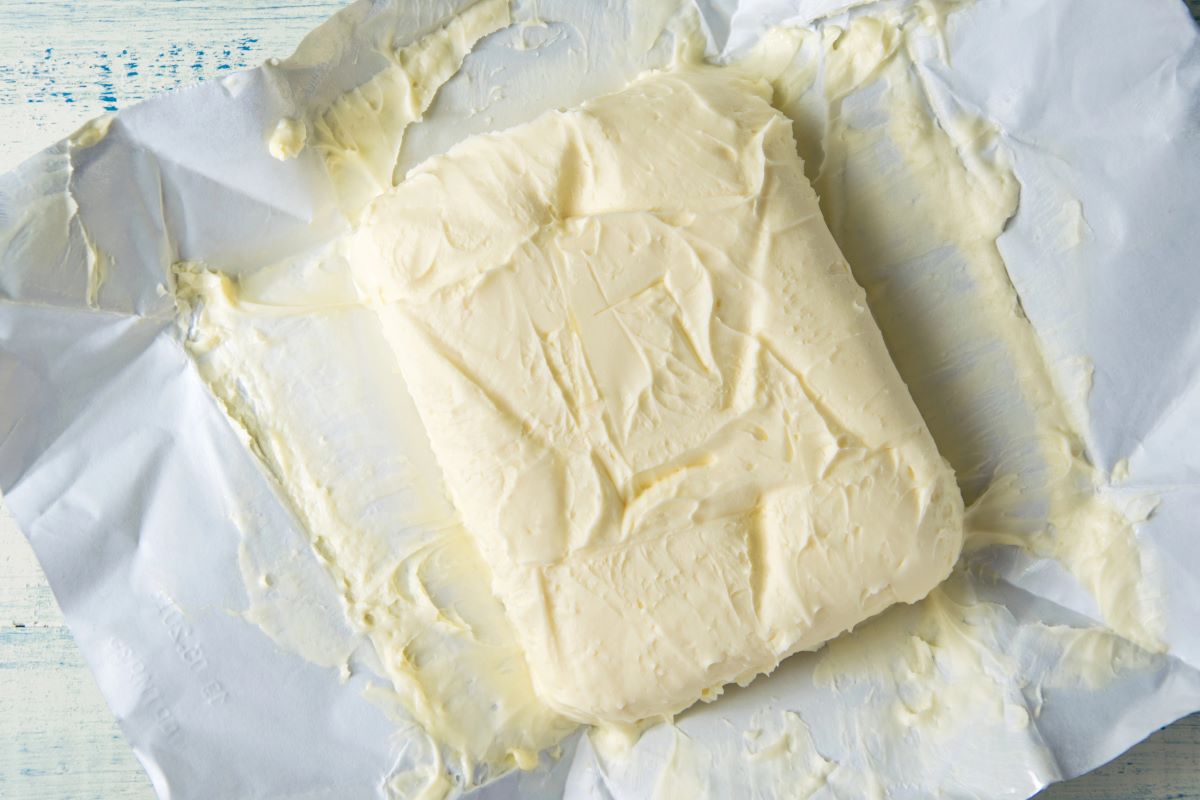
WANT TO SAVE THIS RECIPE?
At the heart of this luxurious croissant is cultured butter, a variety prized for its deep, tangy richness and complex aroma. Unlike standard butters, cultured butter is made by fermenting the cream before churning, resulting in a fuller flavor and a silkier texture.
Laminating the Dough: Where Layers Begin
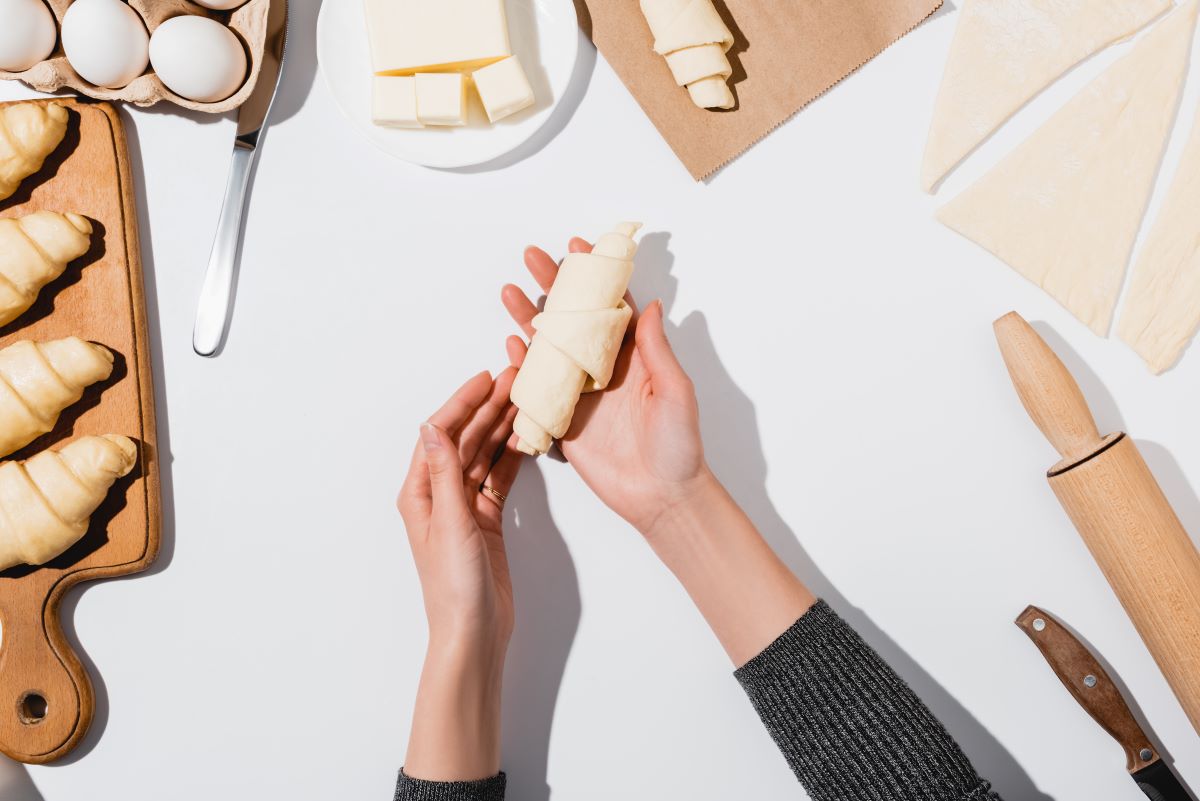
The dough for a proper croissant undergoes a process known as laminating a method of folding butter into the dough over multiple turns. Each fold multiplies the number of layers, ultimately creating a pastry with more than eighty feather-light tiers.
Precision Baking: Butter as an Engine of Texture
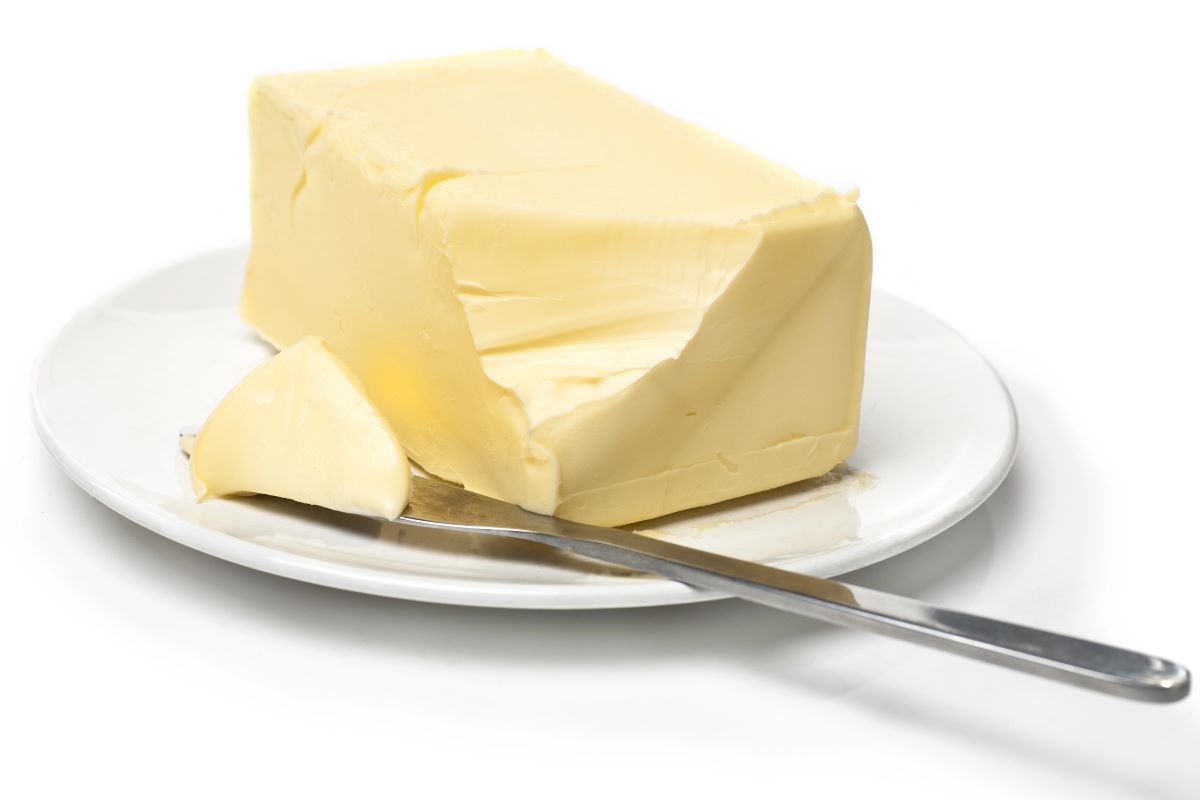
The role of butter continues into the oven, where its performance must be exact. If too soft during shaping, it leaks. If too hard, it breaks the dough. Only when chilled and handled with care can the butter melt slowly during baking, creating steam that lifts each layer into place.
The Golden Finish: A Butter Kissed Glow
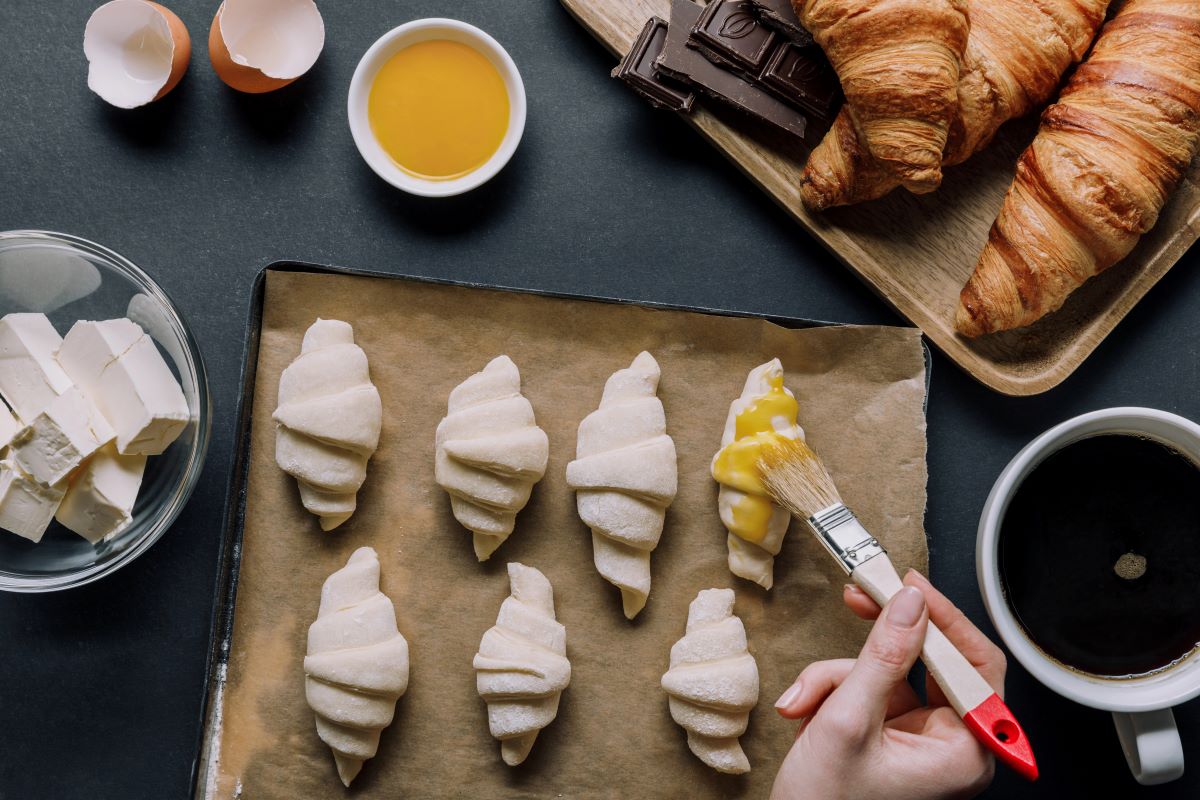
Just before baking, the croissant is brushed with an egg wash, a subtle step that completes its story. As it bakes, the butter within and the glaze atop interact to form a bronzed, glossy finish that is both visual and aromatic. The scent that fills the bakery is unmistakable warm, creamy, slightly nutty the unmistakable perfume of butter taking its final bow.
Ingredient Integrity: Simplicity Elevated through Butter
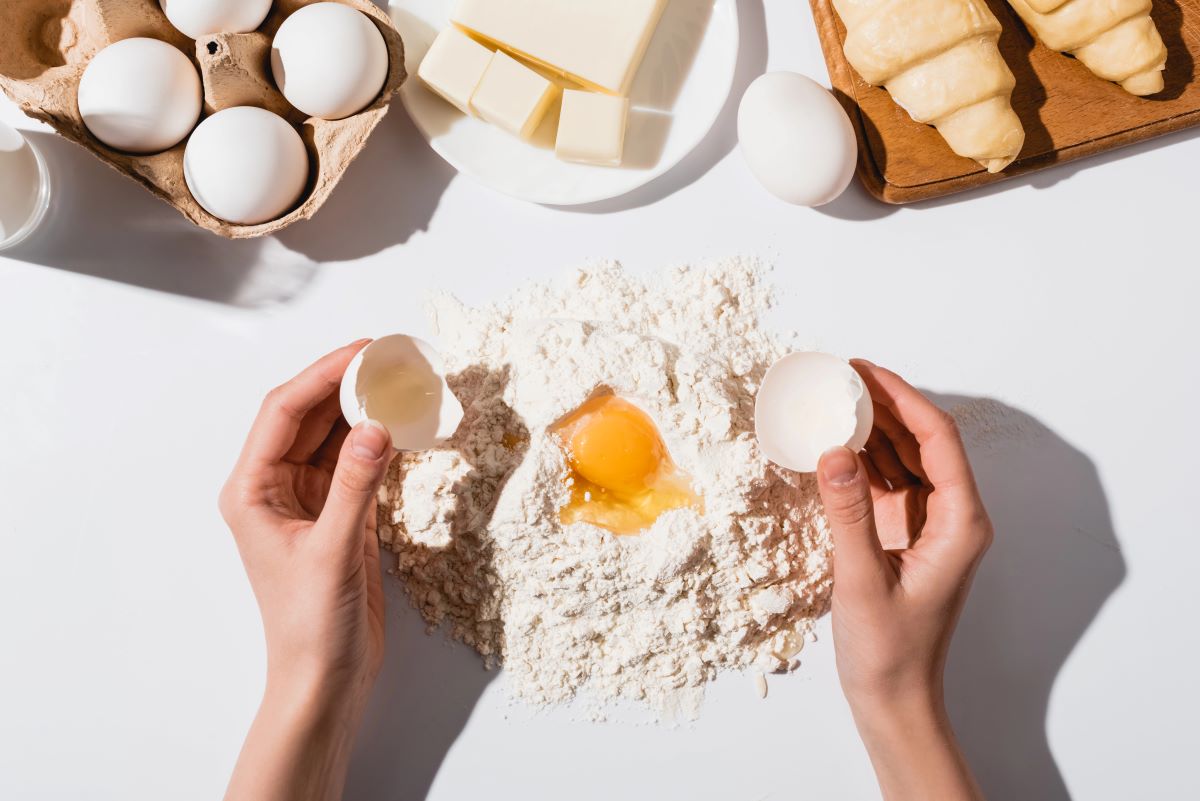
While flour, water, and yeast form the structure, it is butter that gives the croissant its voice. The fewer the ingredients, the more each one must shine, and in this context, the butter does more than carry flavor; it defines it.
Temperature Control: The Silent Discipline Behind the Layers
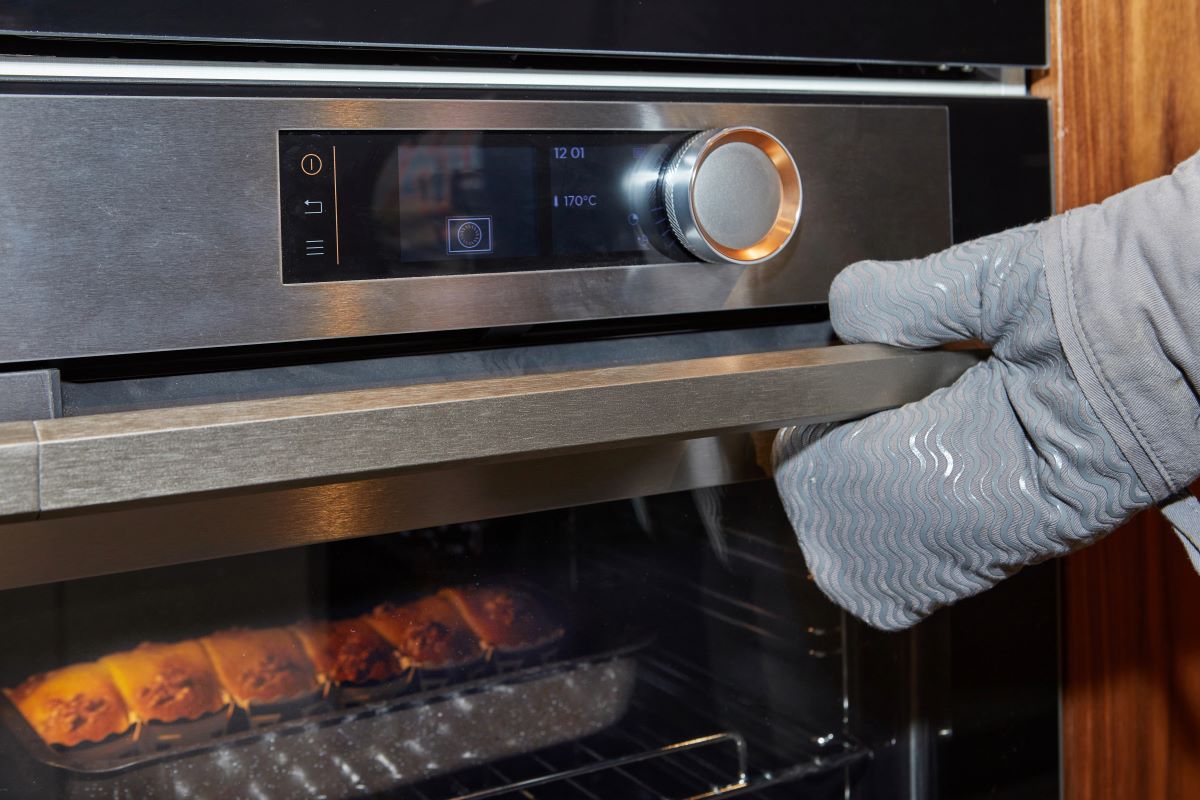
Bakers working with butter-laminated dough know the kitchen must follow nature’s tempo. Temperature, both of the room and the ingredients, can make or unmake the pastry. If the butter warms too quickly, it seeps out, robbing the dough of its lift.
Related Post: 9 Reasons Why A Cart Of Groceries In Texas Costs Less Than One In New York
Handcrafted Over Machine Made: The Butter Difference
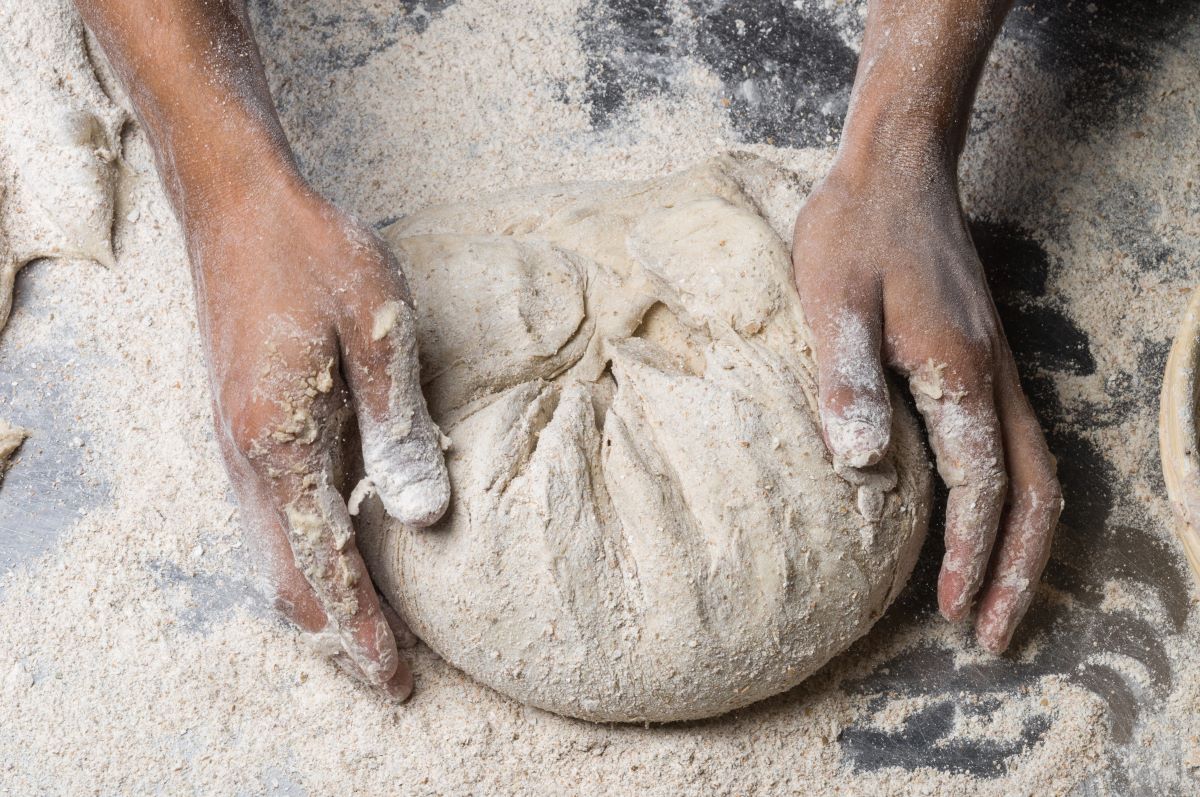
Croissants of this quality are rarely mass-produced. The gentle handling of butter during lamination cannot be entrusted to machines without sacrificing precision. Human hands feel the dough’s resistance, they fold with purpose, and they adjust based on the butter’s behavior.
Related Post: These 6 States Have The Most Expensive Grocery Stores Food Plus Words
Butter’s Aroma: A Fragrance that Signals Excellence
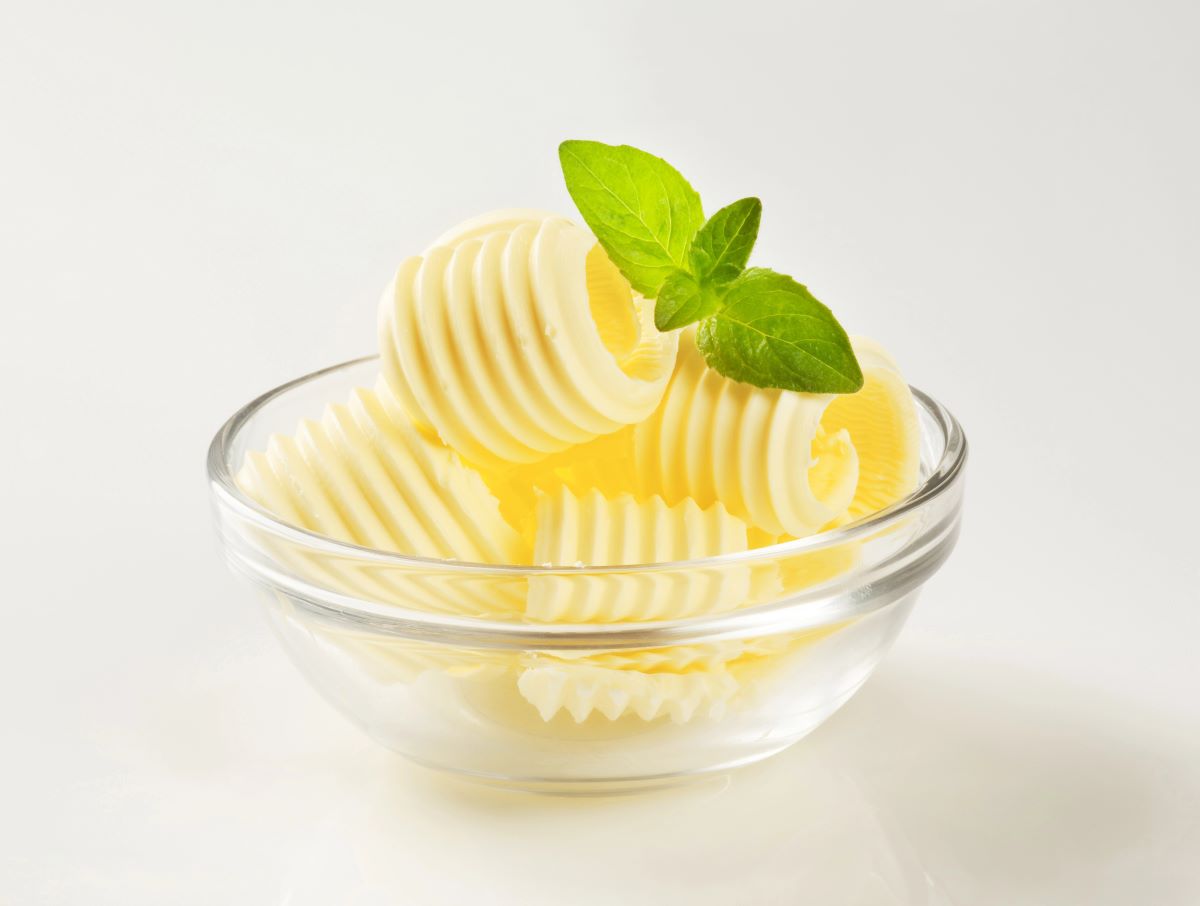
Long before the first bite, the nose detects what the tongue is yet to discover. As the croissant bakes, the butter’s fat begins to brown, releasing a warm, toasted scent that floats gently through the air. This aroma is often the first indication that something exceptional is emerging from the oven.
Related Post: The Tea Shop Trend That’s Quietly Taking Over The South
Cultural Heritage: French Butter and Timeless Technique
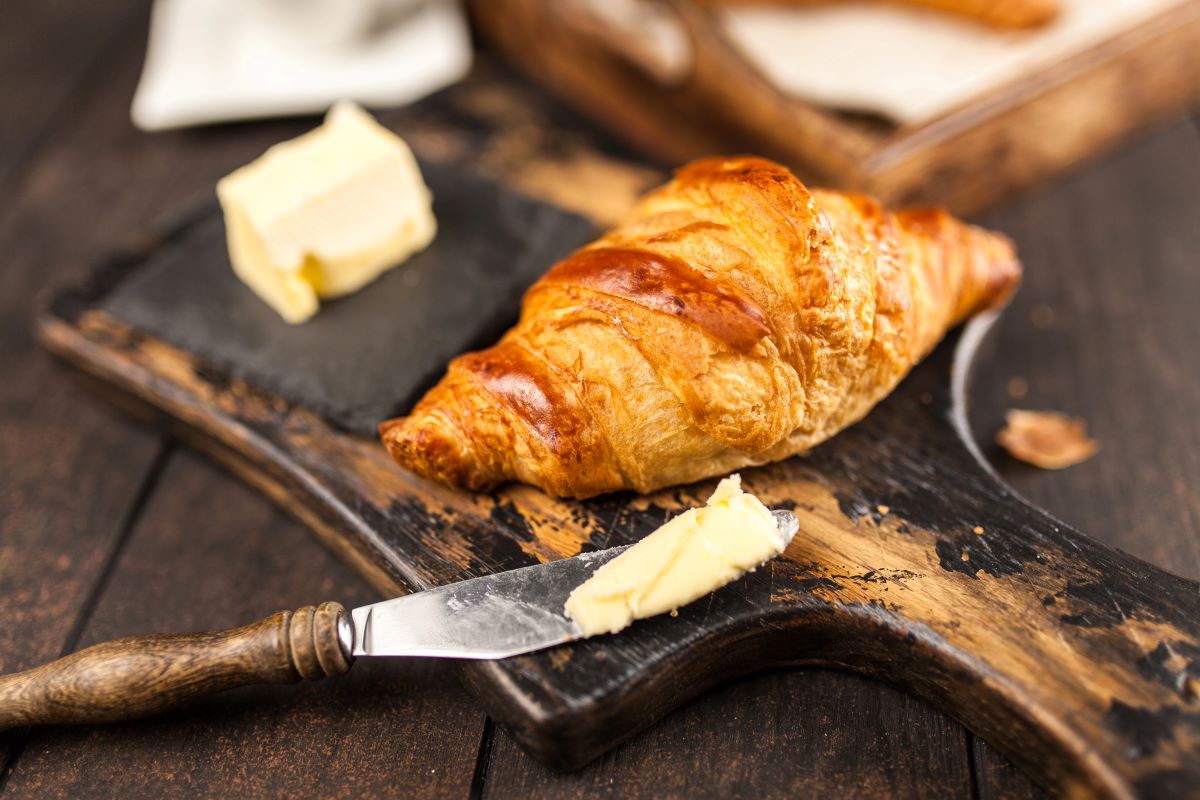
The use of butter in croissant making is not merely practical; it is cultural. In France, where the croissant originated, butter is revered, not hidden, but celebrated. Many bakeries use AOP (Appellation d’Origine Protégée) butters from specific regions, such as Isigny or Charentes, known for their quality and tradition.
Related Post: What These Florists Remember About Groceries In The 1960s
Sign up now to receive our exclusive e-cookbook filled with top-rated recipes for FREE!
From the farm to the marble worktop to the warm display case, butter accompanies the croissant every step of the way. Its role is technical, sensorial, and deeply poetic. It connects baker to land, method to memory, and simplicity to elegance. The cost of such a pastry is not measured merely in currency, but in devotion, in the invisible hours, the chilled dough, the scent of browning butter.
Disclaimer: This list is solely the author’s opinion based on research and publicly available information.
10 Farmers Markets In The South Where You’ll Find Shocking Ingredients

The American South is a region rooted in richness, from the rhythm of its blues to the soul of its food. But while tradition sings loudly in these parts, the farmers’ markets here reveal something even more captivating.
These markets are not merely produce hubs. They are gathering places of culinary wonder, where ingredients you never imagined seeing side by side defy expectations most delightfully.
Read it here: 10 Farmers Markets In The South Where You’ll Find Shocking Ingredients
How to Save $100+ Every Month at the Grocery Store

From planning your meals to avoiding sneaky upcharges in the snack aisle, here’s a realistic guide to trimming your food budget without adding stress to your week.
Read it here: Things Moms Waste Money On (and Don’t Even Know It)
Is Walmart+ Still Worth It in 2025? The Truth After 3 Years

Is the new Walmart Plus worth the annual fee or is it just another failed version of Amazon Prime? I spent my own money trying this service out for 12 months and counting. I have a lot to say about the benefits and drawbacks in this Walmart+ honest review.
Read it here: Is Walmart+ Worth It? Honest Review 3 Years Later!
You’ll love these related posts:
